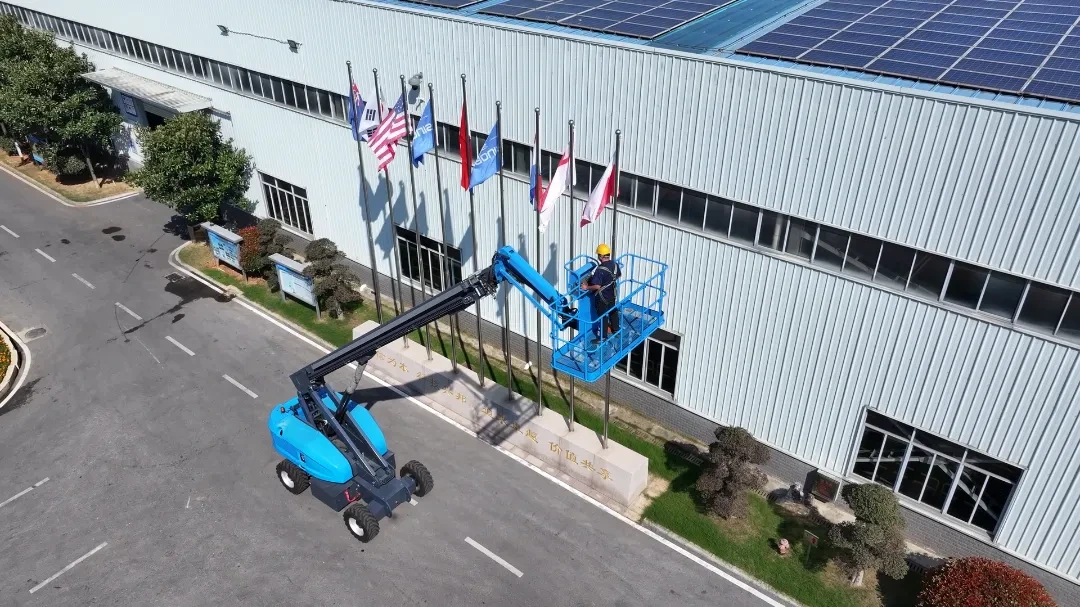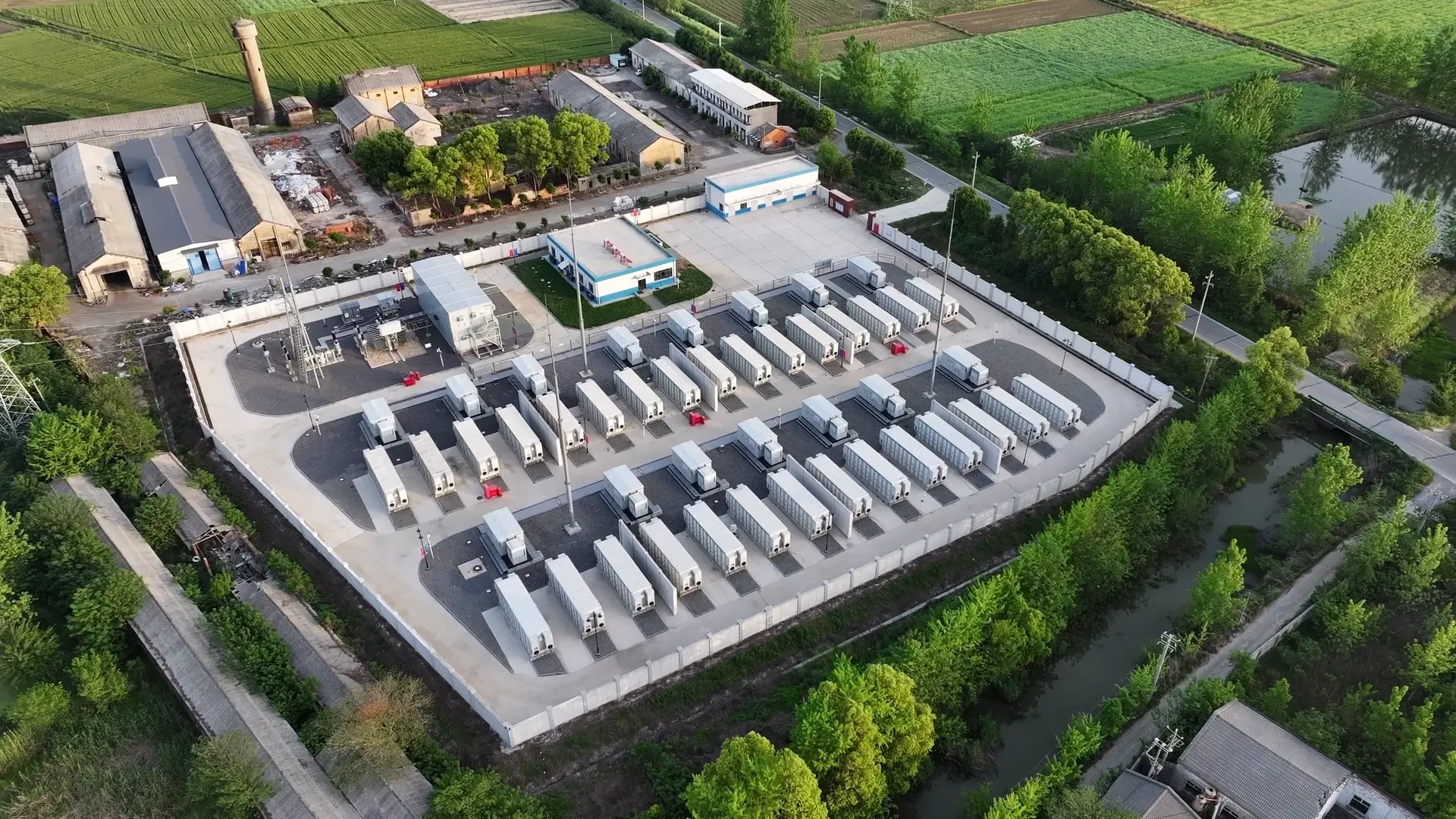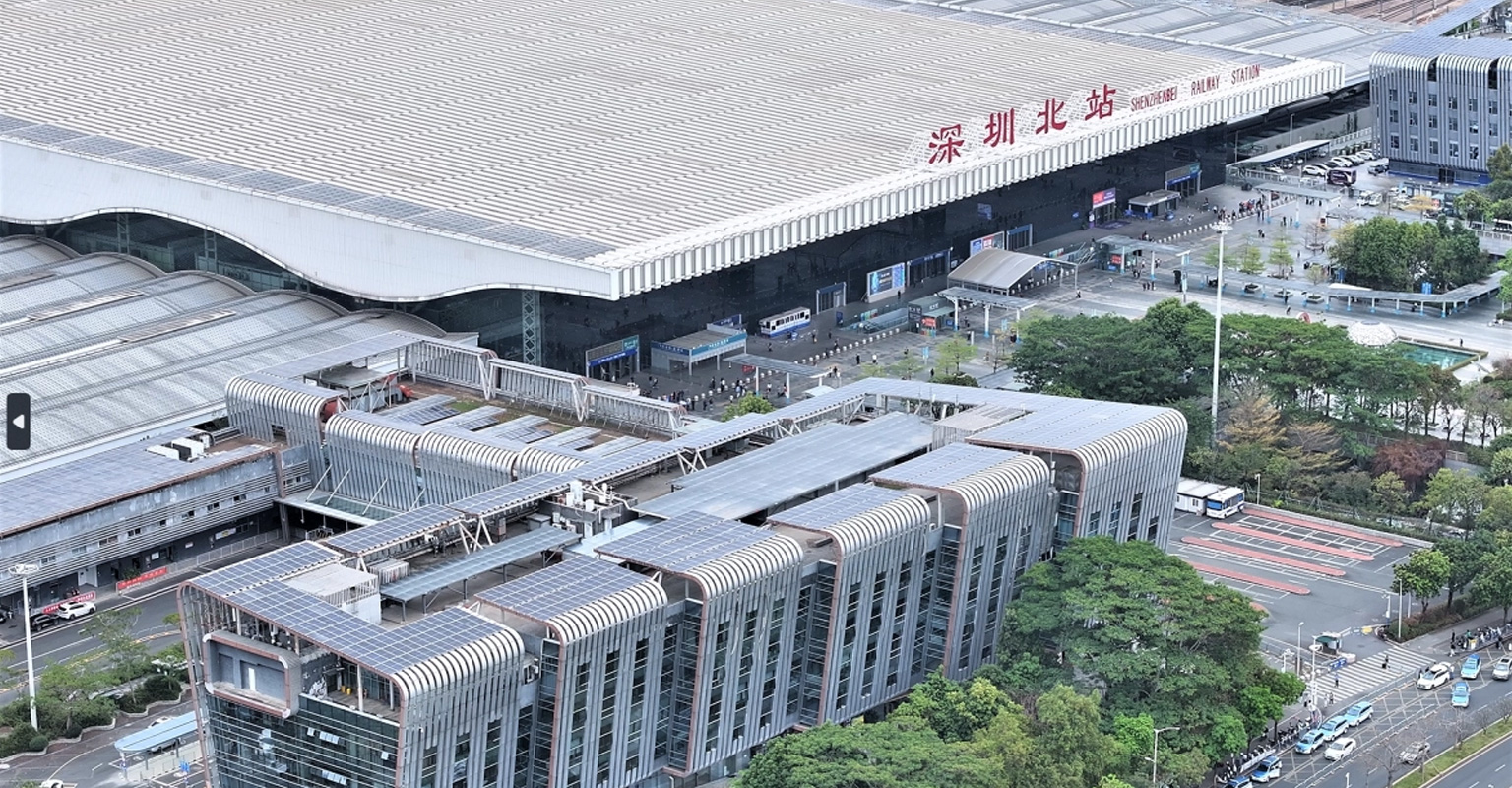In today's hyper-connected world, telecom operators must provide reliable services while keeping costs low. With the 5G rollout, base stations and power sites are growing rapidly, putting greater pressure on network quality.Telecom batteries are key to ensuring backup power and supporting this expansion, but managing such a vast power network is a major challenge.
Traditionally, operators relied on manual site visits and routine checks. This approach is costly, slow, and reactive, often leading to failures, downtime, and expensive emergency repairs.
Telecom battery monitoring systems (BMS) address these issues. Through remote monitoring, predictive maintenance, and cloud-based management, BMS reduces OPEX and ensures more reliable networks.
The Cost Challenge for Telecom Operators
Running a telecom network is costly and complex. Operators must manage thousands of distributed sites, many located in remote or difficult-to-access regions. Every site depends on reliable backup power to keep services running, especially during grid outages. But keeping these telecom battery systems in good condition brings several challenges.
High Maintenance Costs
Technicians need to travel regularly to inspect and service batteries. These routine site visits consume a lot of manpower, time, and travel expenses, especially when sites are spread across wide geographic areas.
Unexpected Failures
When batteries are not continuously monitored, problems often go unnoticed until it is too late. Sudden failures can lead to service interruptions, emergency repairs, and customer dissatisfaction.
Frequent Replacements
Batteries that are poorly monitored or not properly maintained tend to degrade faster. This shortens their useful life and forces operators to replace them more often, driving up costs.
The Financial Impact
For large-scale operators, these challenges are not small issues—they can add up to millions of dollars in unnecessary operating expenses (OPEX) each year, directly affecting profitability and long-term sustainability.
What Is a Telecom Battery Monitoring System?
A battery monitoring system (BMS) is a technology that continuously tracks and analyzes the performance of batteries in real time. It collects essential data, including:
● Voltage and current – to measure how the battery is charging and discharging
● Temperature – to ensure safe operation and prevent overheating
● State of charge (SOC) – to show how much energy remains available
● State of health (SOH) – to indicate the overall condition and remaining lifespan of the battery
Modern BMS solutions combine sensors, communication modules, and cloud platforms to provide operators with continuous insights. Unlike manual inspections, which only capture information during occasional site visits, a BMS delivers 24/7 visibility across all sites. This makes it possible to detect problems early, optimize maintenance, and extend battery life.
By offering this constant visibility and control, BMS turns batteries from a hidden cost center into a managed asset—helping telecom operators cut OPEX while improving network reliability.
How BMS Reduces OPEX
1. Remote Monitoring
With BMS, operators no longer need to send technicians to every site for routine inspections. Real-time data can be accessed remotely, cutting down on travel costs and saving time.
● Centralized dashboards give full visibility into thousands of sites.
● Alerts notify operators of issues before they become critical.
● Reduced need for on-site visits translates to lower labor expenses.
2. Predictive Maintenance
Instead of reacting to failures, BMS enables predictive maintenance by analyzing trends in telecom battery performance.
● Identifies weak or failing batteries before they cause downtime.
● Allows maintenance to be scheduled only when necessary.
● Prevents costly unplanned outages and emergency repairs.
3. Optimized Replacement Cycles
Replacing batteries too early wastes money, while replacing them too late risks downtime. BMS provides accurate insights into battery health, helping operators replace only when truly needed.
● Extends battery life by avoiding unnecessary replacements.
● Balances reliability with cost efficiency.
● Lowers long-term OPEX by reducing capital and maintenance costs.
4. Reduced Site Visits
For remote and rural base stations, site visits are especially costly. With BMS, most issues can be diagnosed and even resolved remotely.
● Cuts down the number of truck rolls.
● Improves efficiency for field teams.
● Lowers carbon footprint by reducing travel.
Conclusion
For telecom operators, managing OPEX is as critical as delivering high-quality network services. Battery monitoring systems provide a powerful way to reduce costs, extend battery life, and improve reliability. By enabling remote monitoring, predictive maintenance, and cloud-based analytics, BMS helps operators cut unnecessary expenses while ensuring uninterrupted connectivity. In the fast-growing 5G era, smarter energy management is not just an option—it is a necessity.
Looking for ways to lower your telecom network’s OPEX and improve power reliability?
Our advanced telecom battery solutions with monitoring systems are designed to help operators reduce maintenance costs, extend battery life, and ensure continuous connectivity.
Explore our solution to find the right products for your network.




























 2025-09-09
2025-09-09 Name
Name Tel
Tel Email
Email Country
Country Company
Company Information
Information